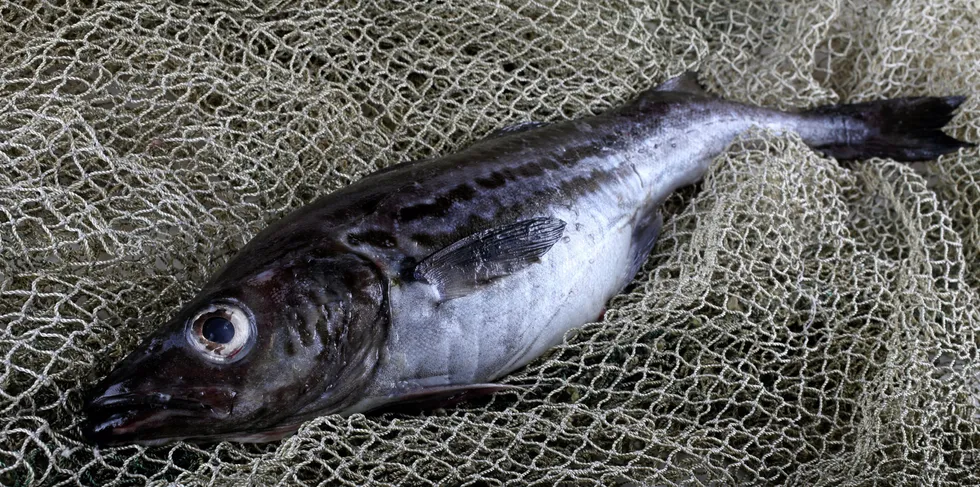Alaska pollock block, surimi production tumbles as outbreaks disrupt both harvesting and processing
Raw material harvests for all three major frozen pollock forms produced from the US fishery are down sharply from the same time last year, according to the latest figures.

Deep declines in key products
The disruptions bear out in the latest production statistics. Inshore Bering Sea processors have produced around 8 percent of the total quota allotted to them for this year's A season. Through Feb. 6, they have taken on 21,913 metric tons of pollock, a nearly 38 percent decrease compared to the same fishing period for last year.
“We will continue testing every 2-3 days until we are confident that the virus has been eradicated from our facility. Test results will drive our restart date, expected to be announced soon with continued diligence,' Stefanie Moreland, Trident's vice president of government relations, said Friday.
Raw material harvests for all three major frozen pollock forms produced from the US fishery are coming in much lower compared to the previous year: Surimi production was around 52 percent lower through Feb. 6 than for 2019's A season; deep-skinned fillet output was down nearly 65 percent; and pinbone-out (PBO) fillet production is nearly 28 percent behind last year.
The fishing season for catcher-processors from Seattle was also delayed this year as companies did not want to force employees to quarantine during the holidays.
While Jan. 20 was the official start day for the season, catcher processors did not start fishing until around Jan. 25, according to an executive with a major at-sea processing company.
(Copyright)